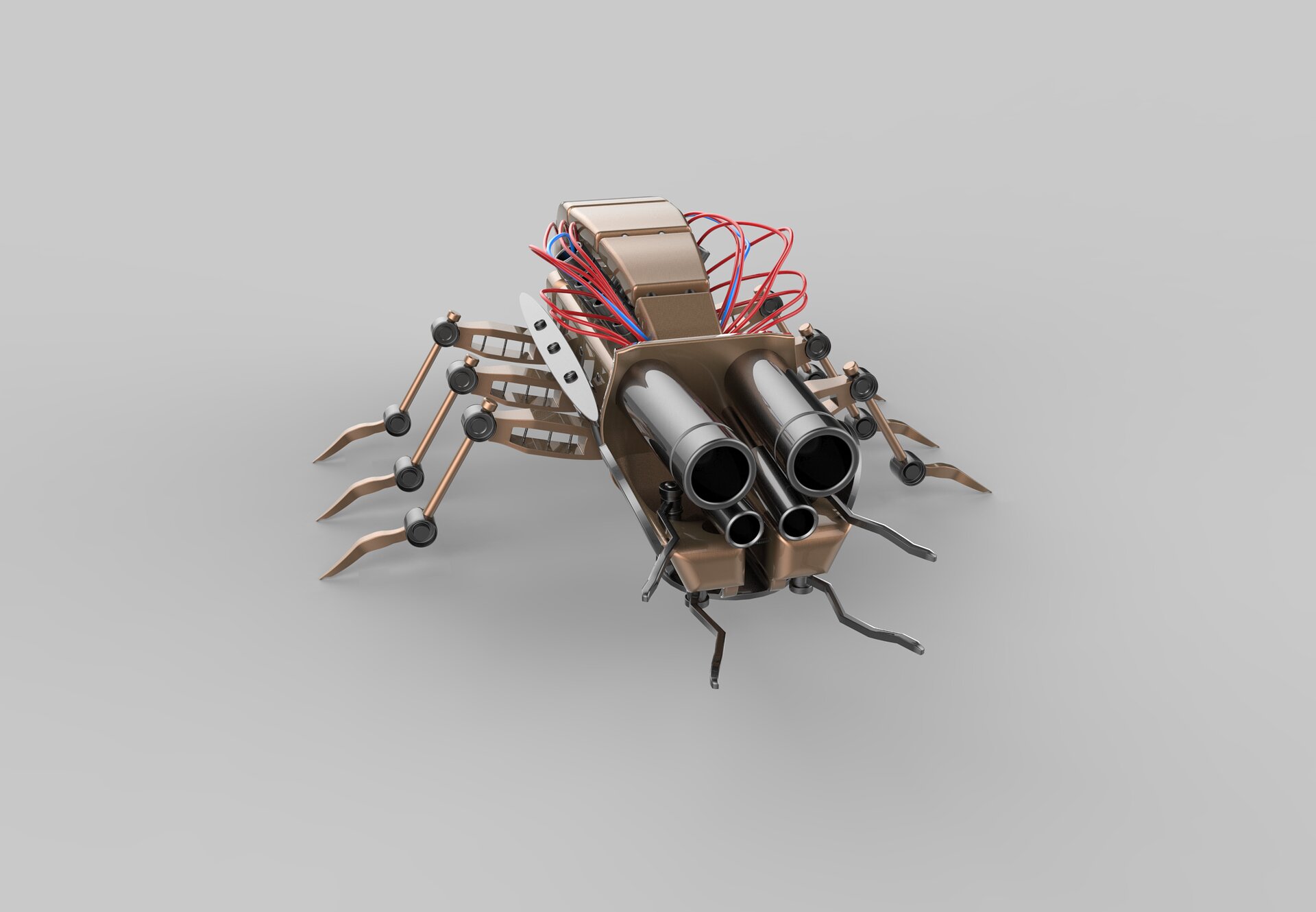#Lost ancient Roman city revealed using radar
“#Lost ancient Roman city revealed using radar”
June 9, 2020 | 4:02pm

Reuters

Reuters

Reuters

REUTERS

Reuters
Falerii Novi is over 2,000 years old but today is mostly underground, leaving many of its ancient buildings undiscovered – until now.
New scans of the site capture a bath house, theatre, shops and even the city’s entire plumbing system in unprecedented detail for the first time.
Archaeologists say ground-penetrating radar (GPR) tools could revolutionize our understanding of ancient settlements.
The technology allows researchers to survey vast regions trapped beneath Earth’s surface without having to carry out time-consuming excavations.
Team member Professor Martin Millett said: “This type of survey could transform the way archaeologists investigate urban sites.”
The technology was used at Falerii Novi, a walled city spanning 75 acres about 30 miles north of Rome.
Falerii Novi was founded in 241 BC during the time of the Roman Republic and was inhabited until around 700 AD in the early Middle Ages.
The city, not quite half the size of ancient Pompeii, had previously been partially excavated but most remained buried.
With a population of perhaps 3,000 people, it boasted an unexpectedly elaborate public bath complex and market building, at least 60 large houses and a rectangular temple with columns near the city’s south gate.
Near the north gate was a public monument unlike any other, with a colonnaded portico on three sides and a large open square measuring 130 by 300 feet.
Falerii Novi had a network of water pipes running beneath the city blocks and not just along streets, indicating coordinated city planning.
The research marks the first time a complete ancient city was mapped using ground-penetrating radar (GPR).
Working in a similar fashion to regular radar, GPR bounces radio waves off objects and uses the “echo” to build up a picture at different depths.
The GPR equipment was pulled over the surface using a quad bike.
“This took one person about three to four months in the field,” Professor Millett said.
“This really does change how we can study and understand Roman towns – the way of the future for archaeology.”
Prof Millett and his colleagues have already used GPR to survey Interamna Lirenas in Italy, and, on a lesser scale, Alborough in North Yorkshire.
They now hope to see it deployed on far bigger sites.
“It is exciting and now realistic to imagine GPR being used to survey a major city such as Miletus in Turkey, Nicopolis in Greece or Cyrene in Libya”, said Prof Millett.
“We still have so much to learn about Roman urban life and this technology should open up unprecedented opportunities for decades to come.”
The research was published in the journal Antiquity.
If you want to read more Living News articles, you can visit our General category.
if you want to watch Movies or Tv Shows go to Dizi.BuradaBiliyorum.Com for forums sites go to Forum.BuradaBiliyorum.Com



